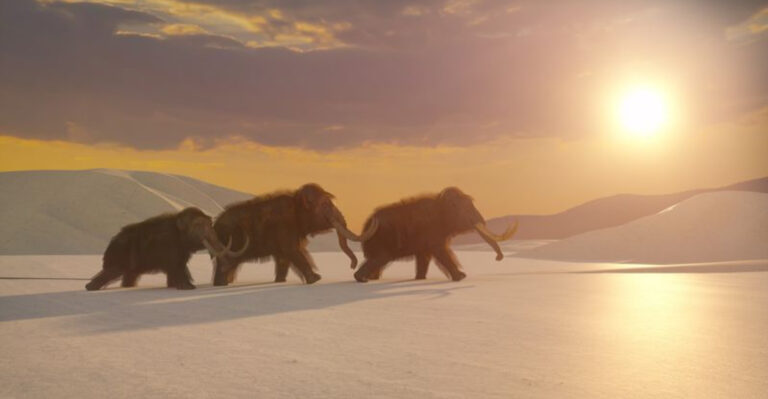Megalodon Sharks: The Prehistoric Giants That Haunted The Seas – What Caused Their Extinction
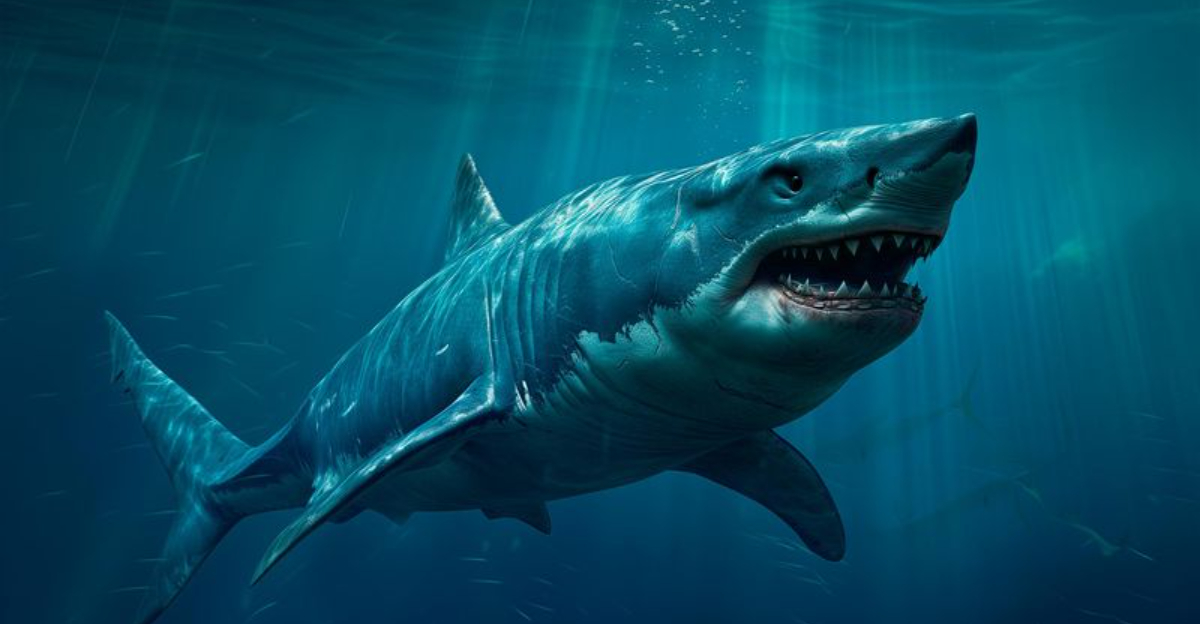
Imagine a shark the size of a school bus cruising ancient oceans with teeth bigger than your hand! The megalodon was Earth’s most fearsome marine predator for over 13 million years.
These colossal hunters vanished mysteriously from our oceans about 3.6 million years ago, leaving scientists puzzled about what caused such powerful creatures to disappear completely.
1. Massive Size Made Them Top Predators
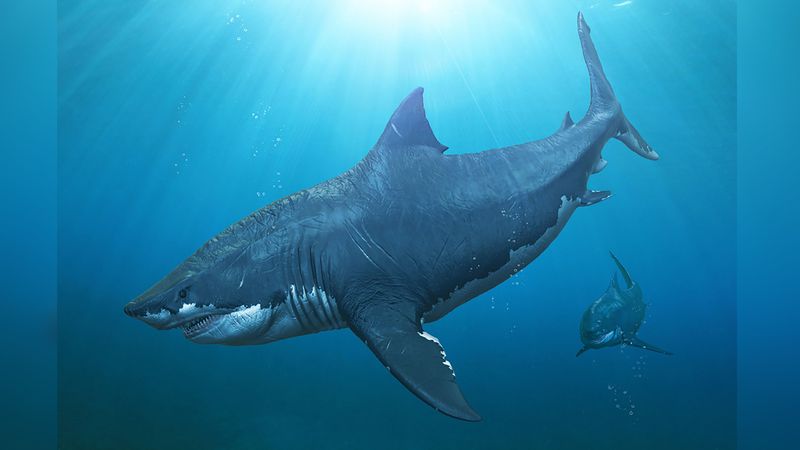
Reaching lengths of 50-60 feet, megalodons dwarfed even the largest modern great white sharks. Their massive jaws could open wide enough to swallow a small car!
These prehistoric monsters weighed up to 50 tons and possessed the strongest bite force of any animal ever discovered. Their sheer size allowed them to rule ancient oceans without challenge.
2. Dominated Oceans For Millions Of Years
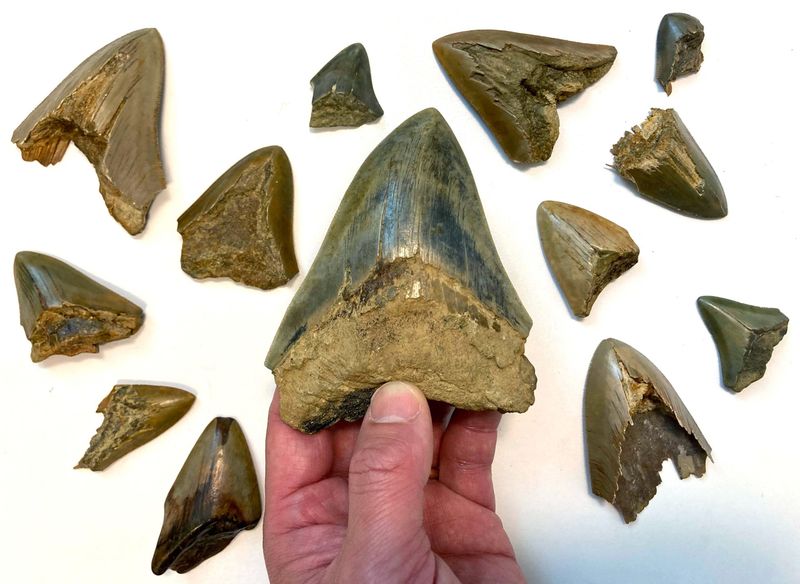
For 13 million years, these ocean titans reigned supreme across warm, shallow seas worldwide. Their fossilized teeth have been discovered on every continent except Antarctica.
Appearing during the middle Miocene epoch about 16 million years ago, megalodons established themselves as apex predators. Their long evolutionary success makes their eventual extinction all the more puzzling.
3. Preyed On Whales And Large Marine Animals
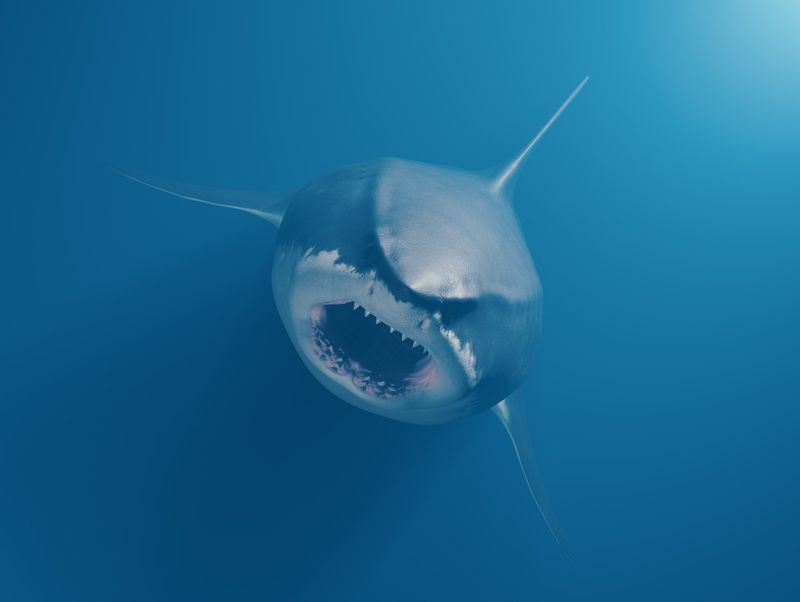
Ever seen whale bones with massive bite marks? That’s the megalodon’s calling card. These hunters specifically targeted large marine mammals, including prehistoric whales, seals, and sea turtles.
Fossil evidence shows they preferred to attack the bony parts of their prey, like ribs and shoulders. This hunting strategy allowed them to immobilize large animals quickly.
4. Needed Warm Waters To Survive
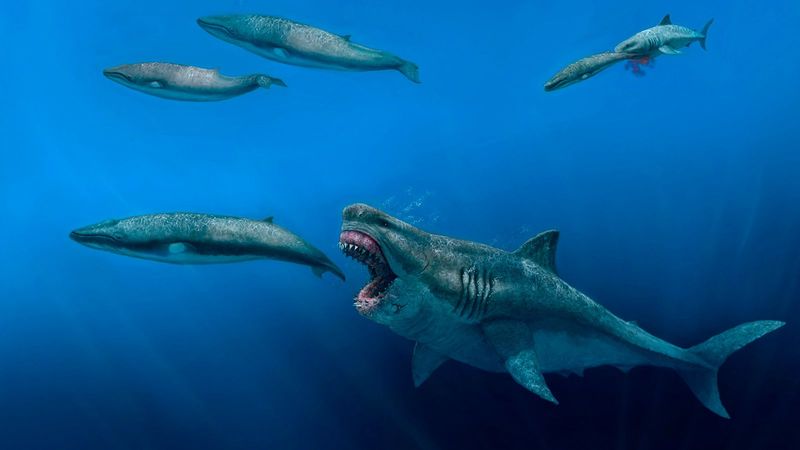
Unlike modern sharks that can adapt to various temperatures, megalodons were warm-water specialists. They thrived in tropical and subtropical oceans around the globe.
Scientists believe they maintained a higher body temperature than the surrounding water, similar to today’s great white sharks. This warm-blooded nature allowed them to hunt efficiently but made them vulnerable to cooling oceans.
5. Climate Change Cooled Global Oceans
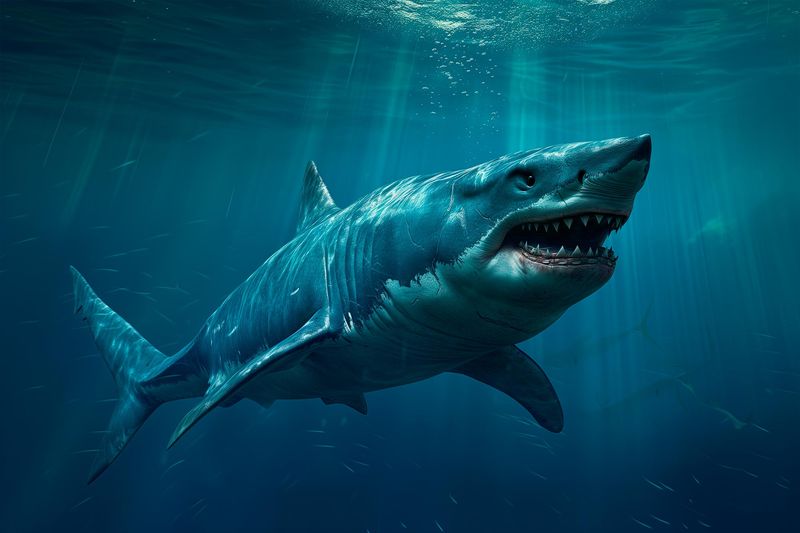
Around 3-5 million years ago, Earth entered a cooling phase that transformed ocean temperatures worldwide. Ice caps expanded, sea levels dropped dramatically, and warm coastal waters – the megalodon’s preferred hunting grounds – began disappearing.
This global cooling event created a hostile environment for these temperature-dependent giants. Their hunting territories shrank with each passing millennium.
6. Decline In Prey Impacted Their Survival
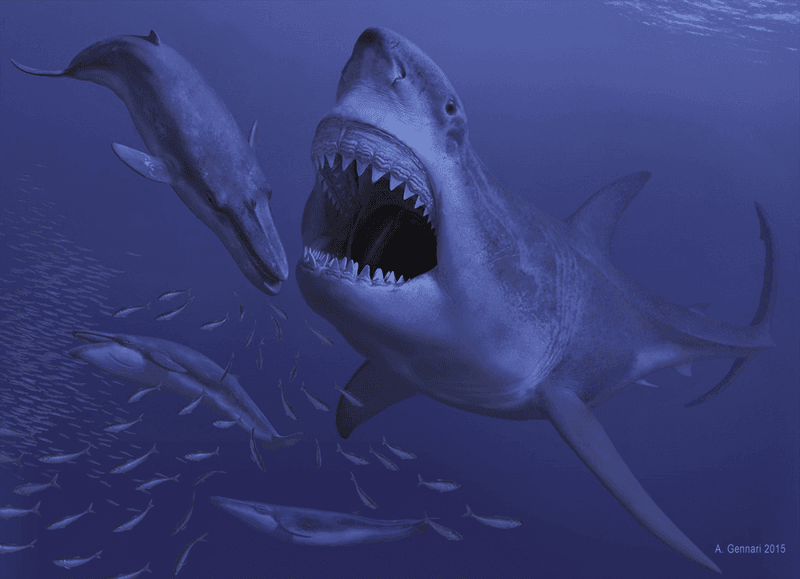
Imagine being a super-predator whose dinner suddenly moves away! As oceans cooled, megalodon’s favorite prey – large, warm-water marine mammals – migrated toward polar regions where they could adapt and thrive.
Many whale species evolved to live in colder waters where megalodons couldn’t follow. This dramatic food shortage likely created a devastating hunger crisis for the massive sharks.
7. Competition From Great White Sharks
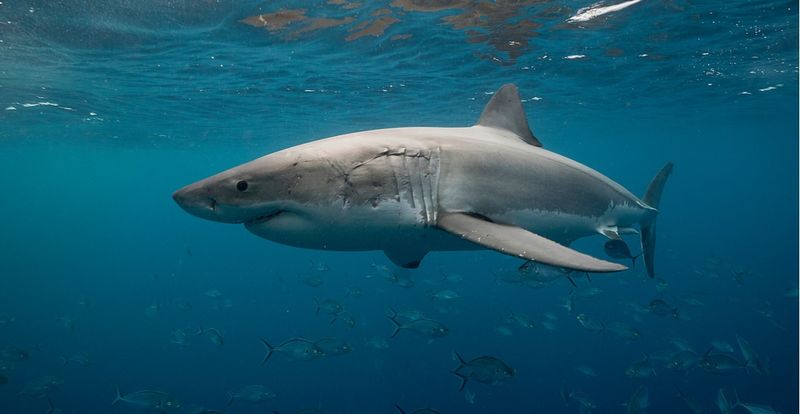
As if climate change wasn’t enough, megalodons faced fierce competition from a new predator – the emerging great white shark. These smaller but more adaptable hunters could survive in cooler waters and required less food to thrive.
Great whites targeted similar prey but needed fewer calories. When food became scarce, these efficient newcomers held the evolutionary advantage over the resource-hungry megalodons.
8. Slow Reproduction Rates Hurt Recovery
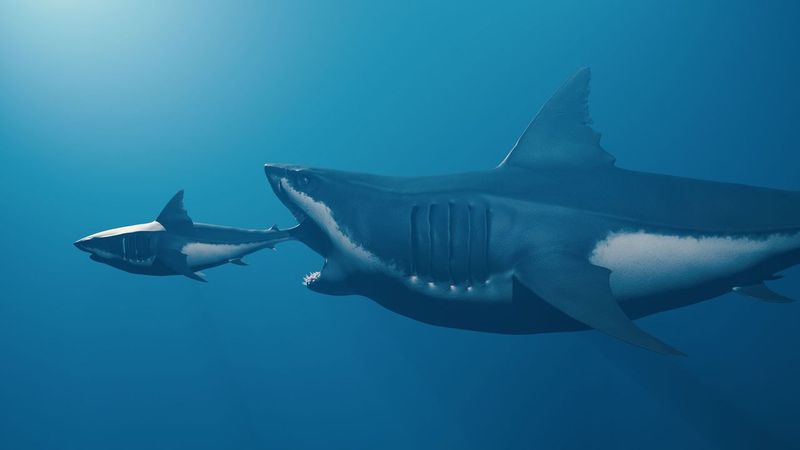
Female megalodons likely gave birth to just a few massive pups after lengthy pregnancies, similar to modern lamniform sharks. When facing extinction pressures, this slow breeding cycle became a fatal weakness.
Young megalodons probably spent their early years in shallow nursery areas. As these coastal regions disappeared due to sea level changes, fewer juveniles survived to adulthood.
9. Shifting Ocean Currents Altered Habitats
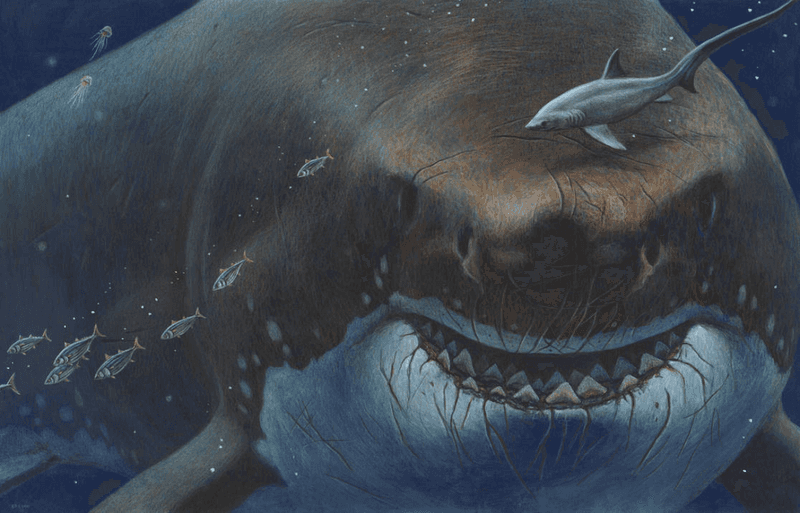
The formation of the Panama Isthmus around 3 million years ago blocked ocean circulation between the Atlantic and Pacific. This geological event dramatically altered global ocean currents and nutrient distribution.
Previously productive hunting grounds became marine deserts as nutrient-rich upwellings disappeared. Megalodons, with their enormous dietary needs, couldn’t adapt to these rapidly changing conditions.
10. Fossil Evidence Ends Around 3.6 Million Years Ago
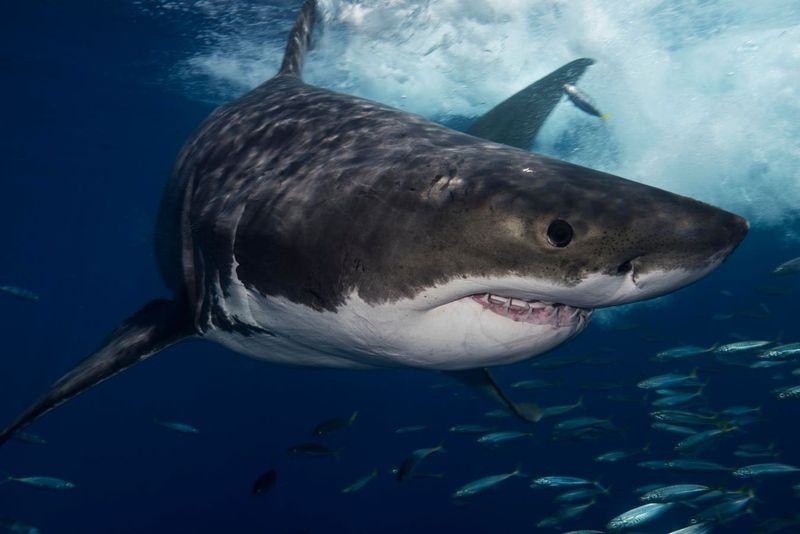
The youngest confirmed megalodon tooth dates to approximately 3.6 million years ago. This fossil timestamp marks the end of their reign as ocean kings.
Scientists have found no credible megalodon remains in layers younger than this date. The fossil record shows a clear pattern of declining population diversity before their final disappearance, suggesting a gradual extinction rather than a sudden catastrophe.
11. No Confirmed Modern Sightings Exist
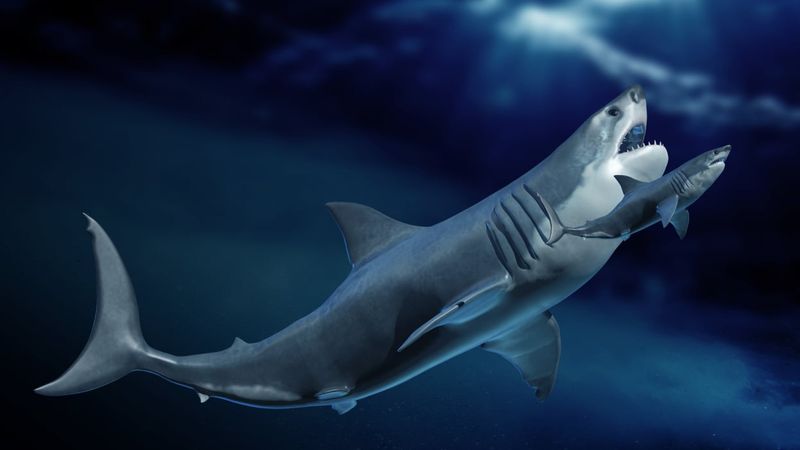
Despite sensational claims and fictional movies suggesting otherwise, megalodons are definitely extinct. The deep ocean has been thoroughly mapped and studied without finding any evidence of these massive creatures.
Modern technology like submersibles, sonar, and satellite tracking would have detected such enormous predators. The megalodon lives on only in fossils and our fascination with prehistoric monsters.


